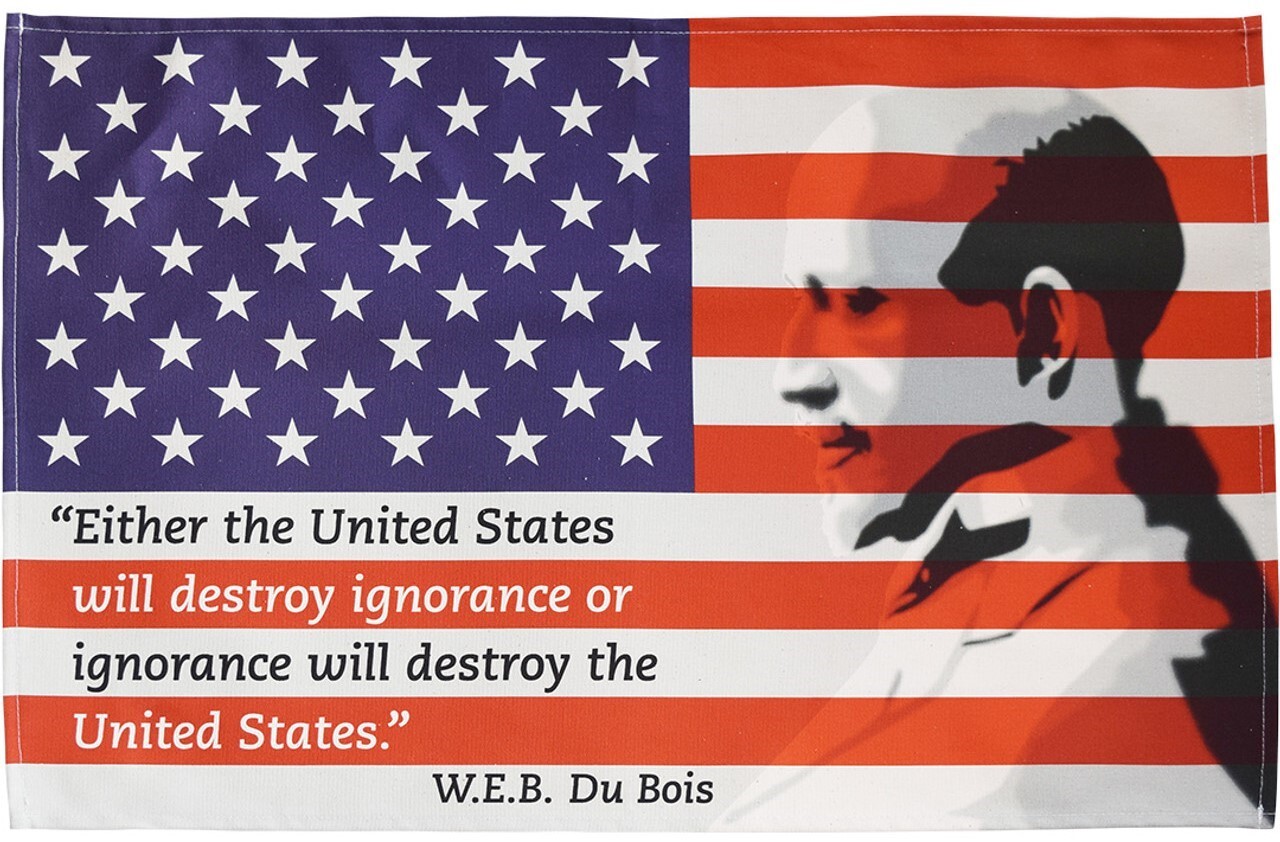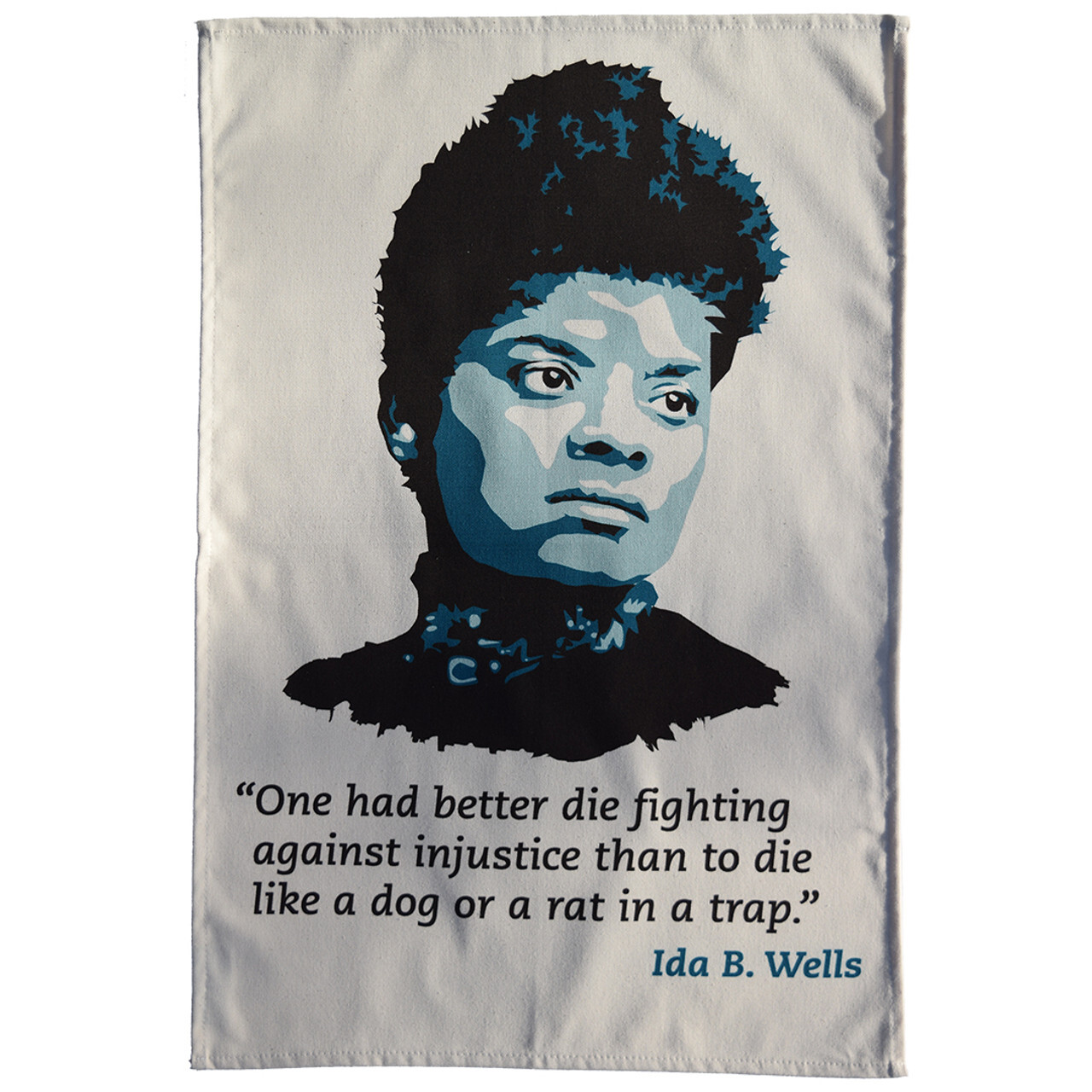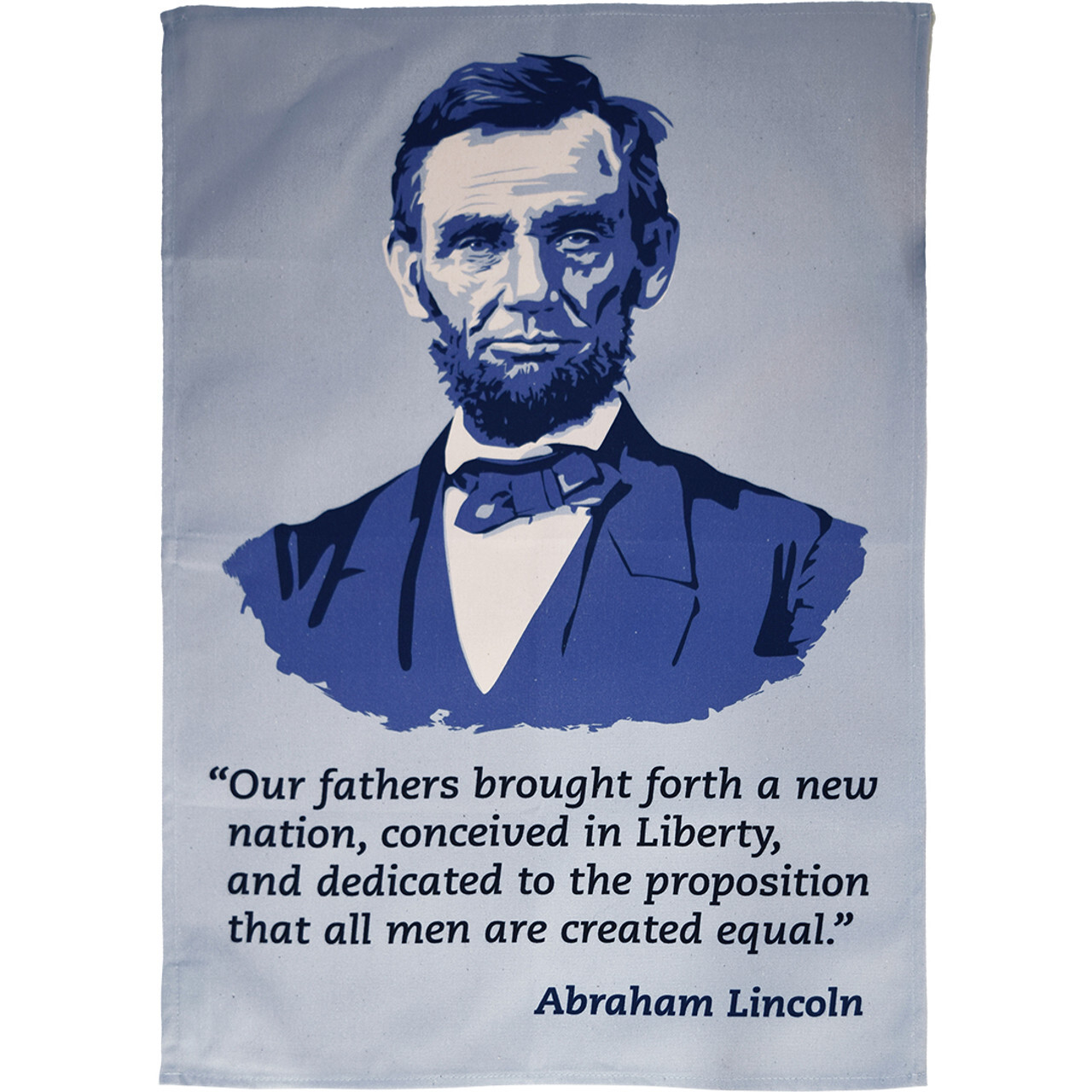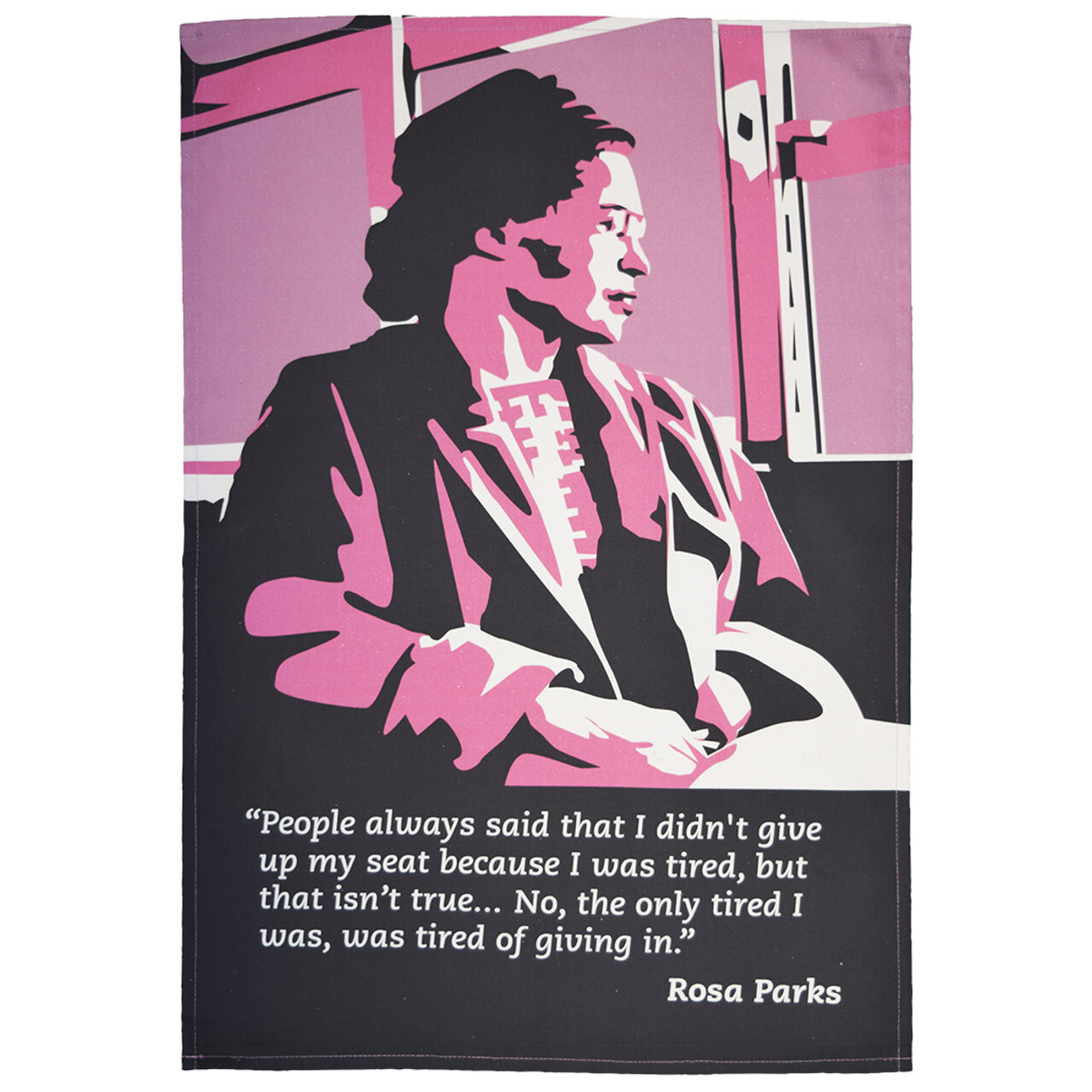The NAACP: For the Advancement of America
Posted by Pete on 12th Feb 2025
The NAACP, founded in segregationist America, has been at the forefront of the campaign for Civil Rights ever since
On this day in 1909, the National Association for the Advancement of Colored People (NAACP) was founded by civil rights activists in New York.
The new organization would become a lasting institution of the black freedom struggle in the U.S.A.
Yet 1909 was a moment shaped by reactionary triumphs in America.
W.E.B. Du Bois - sociologist and co-founder of the NAACP
Since the 1870s, the revolutionary gains made by black citizens and workers as a result of Union victory in the Civil War had been overturned.
A lethal combo of democratic backsliding by racist lawmakers and terrorism by organizations like the KKK had realised Jim Crow, demolishing the progressive victories of Reconstruction.
And in the 1900s, this restored white supremacism was consolidated by a surge in lynchings and anti-black riots across the U.S., including in the North.
But reactionary advances are contradictory. They often provoke new forms of organization among activists struggling for liberation.
This was the NAACP.
Ida B. Wells' investigations into lynchings lead to multiple threats on her life and motivated her to co-found the NAACP
See the Ida B. Wells tea towel
Its founders were moved to act by the 1908 Race Riot in Springfield, Illinois.
Illinois was the home state of Abraham Lincoln, the ‘Great Emancipator’. The rise in anti-black political violence could no longer be masked as an exclusively ‘Southern’ problem.
So, a group of civil rights activists including the anti-lynching campaigner Ida B. Wells and the social theorist W. E. B. DuBois created the NAACP.
Early agitation by the NAACP included resistance to the segregation of the federal government under Woodrow Wilson.
The early NAACP also protested at the KKK-glorifying 1915 film, The Birth of a Nation.
During the 1910s, the organization pioneered its defining political strategy: challenging racist practices and structures through the courts.
With limited initial success, the NAACP supported legal cases against various state-level practices of black disenfranchisement and segregation.
In the interwar decades, the NAACP focused on lynchings and other forms of widespread anti-black violence.
During the 1930s, the organization helped lead campaigning for an anti-lynching law at the federal level against the determined resistance of racist congressmen.
A race riot in Lincoln's home state of Illinois exposed the lie that racism was a Southern problem, and spurred the founders of the NAACP
See the Abraham Lincoln tea towel
The NAACP routinely formed constructive alliances with other progressive organizations, too.
It worked with the American Federation of Labor (AFL) to oppose the appointment of anti-labor judges – because these were almost always pro-Jim Crow, too.
And the NAACP was also ready to work with people to its left, like the U.S. communist party, to oppose unfair trials of black defendants, such as in the Scottsboro Boys case in Alabama.
This sort of pluralist, progressive coalition-building thrived in the New Deal era of the 1930s and early 1940s.
But McCarthyism put an end to all that.
Reactionary lawmakers and activists during the Cold War used the anticommunist project to attack the civil rights movement, too.
McCarthyite bodies like the House Un-American Activities Committee (HUAC) went after the NAACP, arguing that it was a hotbed of communism.
This wasn’t true, although the NAACP had worked constructively with communists and other socialists to oppose racism.
But the antidemocratic pressure on the NAACP was such that its leadership capitulated, turning on black communists and those open to working with them, like Paul Robeson and DuBois.
It was a low point for the organization, as it was for America. But from the mid-1950s the NAACP regained some of its radical courage.
NAACP activist Rosa Parks, who became known as the 'First Lady of Civil Rights' for her role in the Alabama bus boycott
Activist NAACP lawyers like Thurgood Marshall spearheaded a new campaign to end the ‘separate but equal’ Jim Crow regime via the Supreme Court.
This movement helped win Brown v. Board of Education in 1954, which ruled the segregation of schooling to be unconstitutional.
Brown v. Board inspired a new wave of desegregation campaigning in which the post-war civil rights movement was forged. In 1955, local NAACP activists including Rosa Parks helped organize the 381-day bus boycott in Montgomery, Alabama.
But in this new context, partly shaped by the successes of the NAACP itself, new forms of black activism began to eclipse it.
Martin Luther King’s Southern Christian Leadership Conference (SCLC) and, in the universities and schools, the Student Nonviolent Coordinating Committee (SNCC) argued against the NAACP approach in favor of civil disobedience as a necessary tool for overcoming white supremacy in the U.S.
But the NAACP didn’t cease to exist: it still continues its work in support of civil rights and human equality, work begun in 1909 and no less urgent today.




